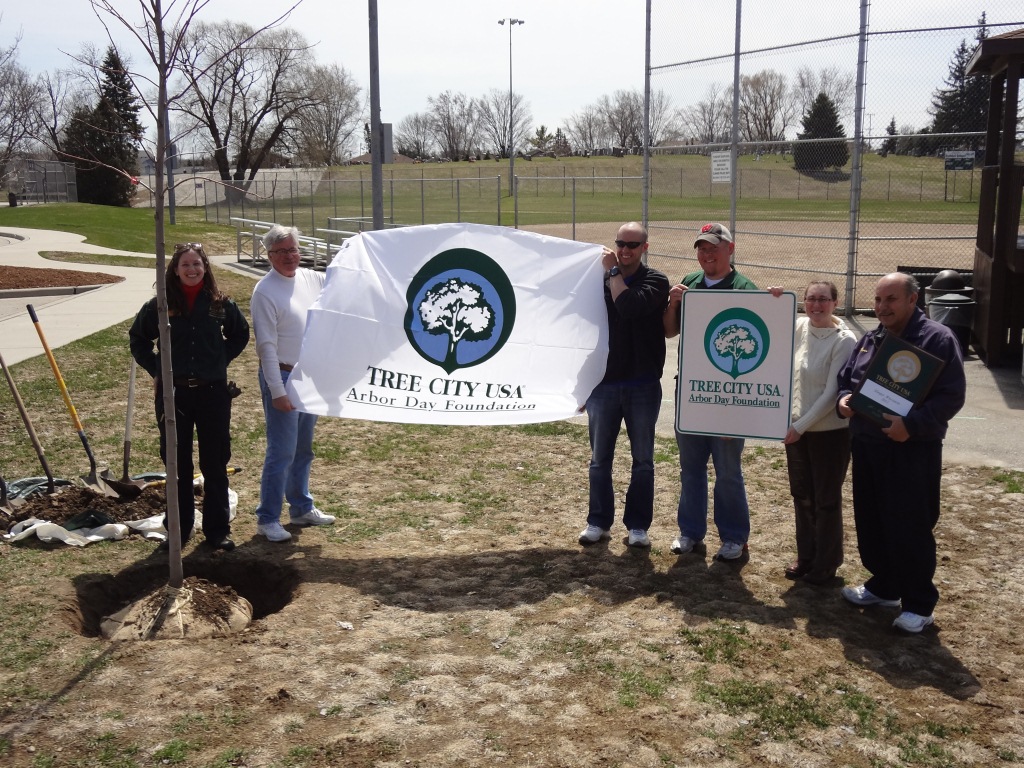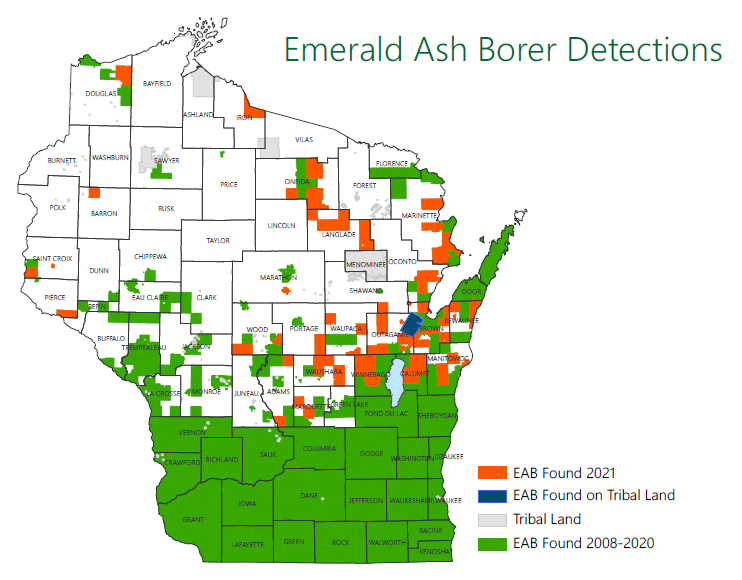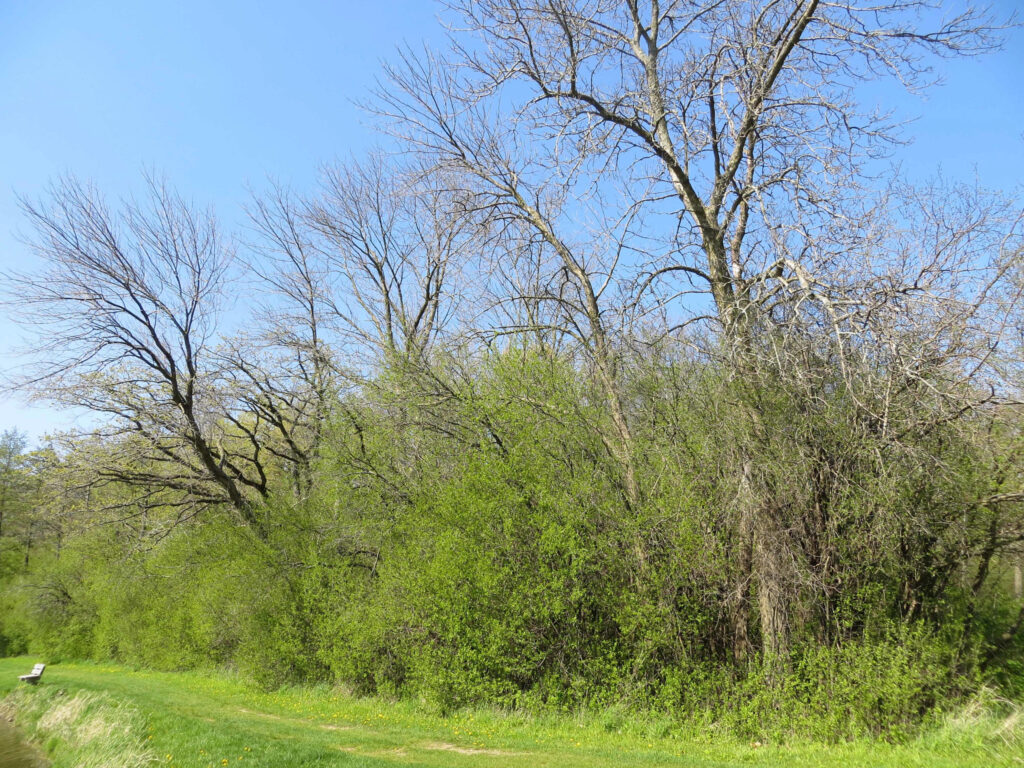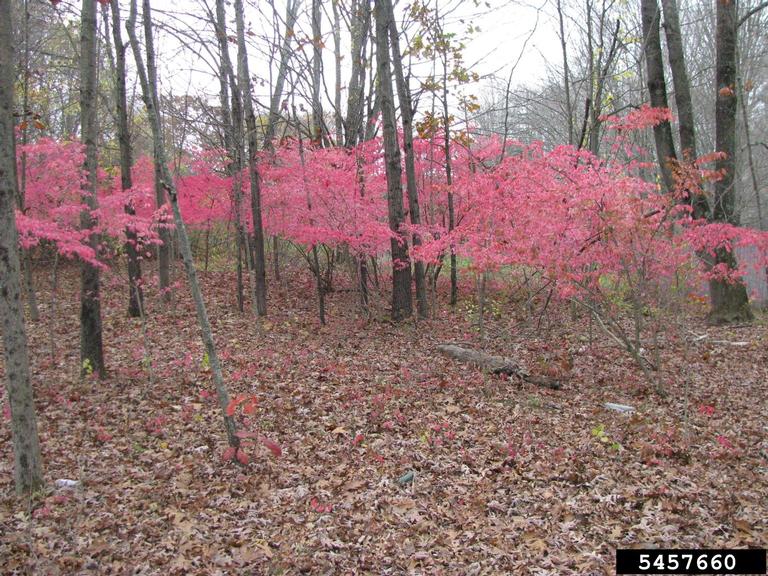 An Arbor Day celebration and proclamation will be required in 2022 to earn or maintain Tree City USA designation. An Arbor Day celebration will also be required to earn or maintain Tree Campus Higher Education and Tree Line USA recognition.
An Arbor Day celebration and proclamation will be required in 2022 to earn or maintain Tree City USA designation. An Arbor Day celebration will also be required to earn or maintain Tree Campus Higher Education and Tree Line USA recognition.
There are many ways a community/campus/utility might meet this standard, including:
- An in-person gathering (e.g. community tree planting or festival)
- A virtual event (e.g. webinar or live streamed tree planting)
- A social media post or campaign
Continue reading “2022 Tree City USA Requirements: Arbor Day Celebration And Proclamation”


 The purpose of the Wisconsin Urban Forestry Council is to advise the state forester, currently Heather Berklund, and the Wisconsin Department of Natural Resources (DNR) on the best ways to preserve, protect, expand and improve Wisconsin’s urban and community forest resources.
The purpose of the Wisconsin Urban Forestry Council is to advise the state forester, currently Heather Berklund, and the Wisconsin Department of Natural Resources (DNR) on the best ways to preserve, protect, expand and improve Wisconsin’s urban and community forest resources.
